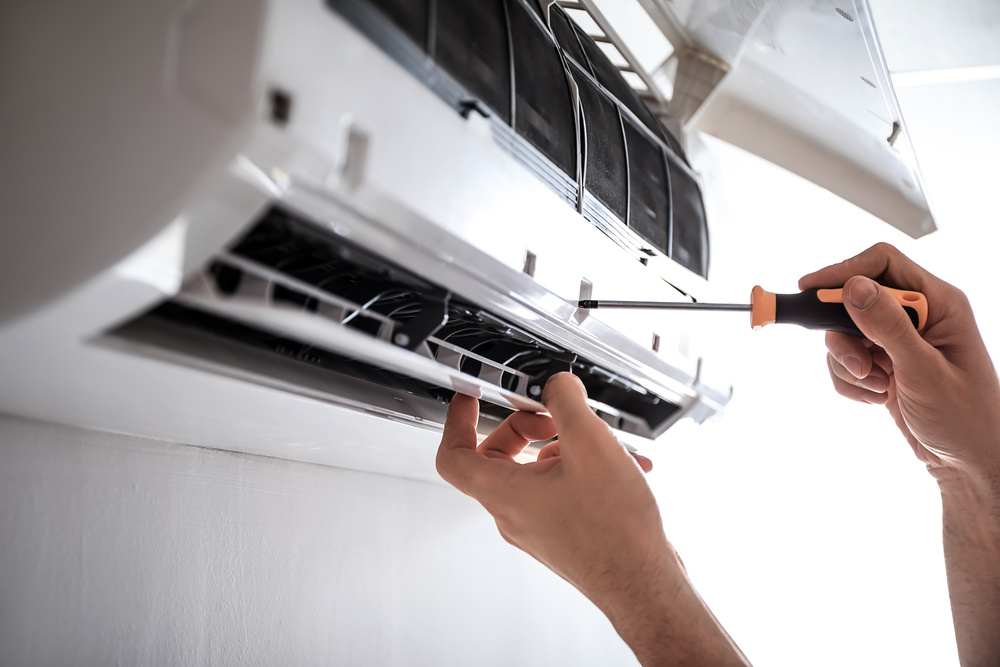Call or Text
801-438-4793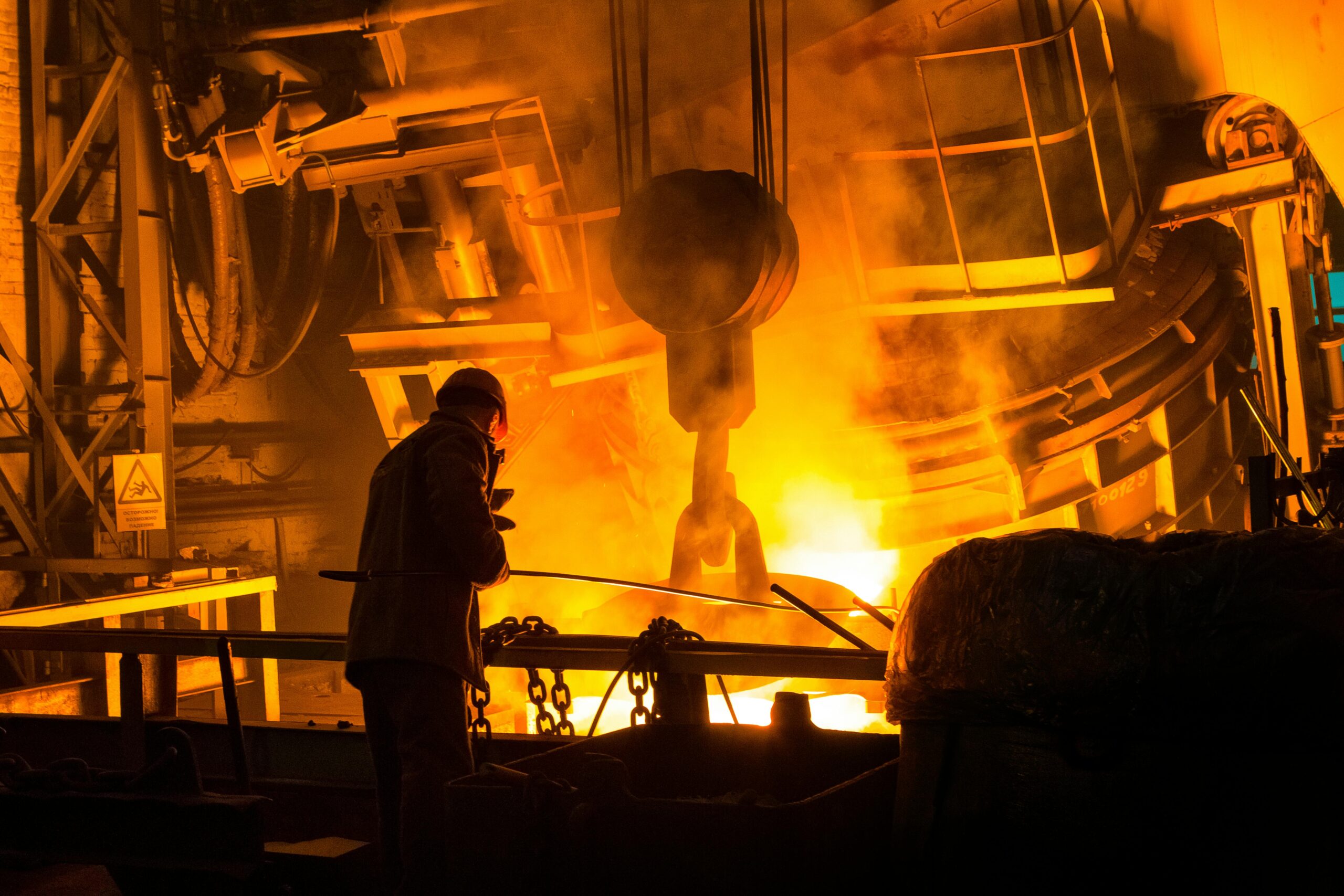
Furnace Guide: Installation, Repair, Energy Efficiency, & More
September 18, 2024
Welcome to our comprehensive furnace guide, where we cover everything from installing a new furnace to essential maintenance tips. Knowing your heating system is key to keeping your furnace in great condition. This guide offers insights into furnace care, including repair services and energy-saving strategies, helping you stay comfortable while cutting down on costs.
Furnace Installation Tips
Furnace installation is essential for the winter & can transform your home’s atmosphere and reduce your energy expenses. Selecting the right professionals for the installation is essential to ensure your heating system functions optimally for years to come. In this section, we’ll provide in-depth insights to help you choose the perfect furnace for your home and understand the key factors that contribute to a successful installation.
How to Pick the Right Furnace for Your Home
When selecting a furnace, it’s essential to consider your home’s specific needs and conditions. Electric furnaces, known for their ease of installation and maintenance, offer a straightforward, safe option for households that prioritize simplicity. In contrast, natural gas or propane models deliver more powerful and efficient heating, particularly suited for homes in colder climates requiring consistent warmth.
Key factors to guide your decision include your household’s heating demands, the regional climate, and potential energy costs. Evaluate which of these elements is most critical for your situation to make the best choice for your home’s comfort.
Why You Should Choose Superior Water & Air for Your Furnace Installation
Customers trust Superior Water & Air for their furnace installation services & so should you. Read about one of our satisfied customers below:
“I just had a new AC/Furnace installed by Superior Water and Air and I can’t express how happy I am with their service. This is a big expense for me so I was concerned about how things would turn out. Well, I am sooooo happy with everything about the process.” – John Binks wrote in a 5-star Review.
Furnace Installation Process: What to Expect
When you choose Superior Water & Air for your furnace installation, you can expect a personalized approach that ensures a hassle-free experience:
- Customized Home Evaluation: Our team starts with a comprehensive assessment of your home’s heating requirements. We’ll provide you with a clear and detailed estimate, so you understand every aspect of the project from the beginning.
- Expert Installation: Our experienced technicians carry out the installation with meticulous attention to detail, prioritizing efficiency while minimizing any inconvenience to your daily routine.
- Ongoing Support and Education: After installation, we don’t just leave you to figure things out—we offer hands-on training to help you understand your new system’s features, maintenance needs, and best practices for long-term performance.”
Warning Signs Your Furnace Requires Repair
Your furnace works hard to keep your home warm, but regular use can lead to wear and tear that may cause different issues requiring furnace repair. Knowing what to look for can help you catch problems early, saving you from more extensive repairs. Whether it’s a small issue or a significant malfunction, addressing furnace concerns promptly keeps your home comfortable and safe.
No Heat from Your Furnace
If your furnace stops generating heat – there might be problems like a malfunctioning ignition, a faulty thermostat, or a broken pilot light. Address these issues quickly to restore warmth and comfort to your home.
Poor Airflow or Uneven Heating
If you notice weak airflow or cold spots in your home, it could be due to clogged air filters, a failing blower motor, or blocked vents. Resolving these issues promptly will help your furnace distribute heat evenly and efficiently.
Constantly Turning On and Off
When your furnace keeps switching on and off, also known as short cycling, it could be a sign of a dirty filter, a defective thermostat, or a furnace that’s improperly sized for your home. Fixing this quickly can prevent further damage and reduce wear on your system.
Strange Sounds from the Furnace
Sounds like banging, screeching, or rattling often indicate loose parts or mechanical failures within the furnace. Getting these noises checked out quickly can help you avoid more extensive repairs and prolong the life of your heating system.
Moisture or Water Leaks
Seeing water or condensation around your furnace could mean a clogged drain line or a broken humidifier. In some cases, it might signal a more serious issue like a cracked heat exchanger. Immediate attention is necessary to avoid further damage.
Unusually High Energy Bills
A sudden spike in energy costs can suggest your furnace is overworking due to problems like dirty filters, aging components, or overall reduced efficiency. Quick repairs can help your furnace run more smoothly, bringing your bills back down.
Key Factors That Determine Furnace Repair Costs
Repairing a furnace can involve a range of costs, and several key factors determine what you might end up paying. By understanding these elements, you can better prepare financially and make smarter decisions about your heating system. Whether you’re dealing with a simple repair or something more complex, knowing what influences costs can help you navigate the process more smoothly.
Nature of the Issue
The kind of problem your furnace has will significantly influence the repair cost. For example, straightforward issues like replacing an air filter or fine-tuning the thermostat tend to be on the lower end of the cost spectrum. However, more severe issues, such as a broken heat exchanger or a malfunctioning blower motor, will often require more expensive parts and labor.
Age and Condition of the Furnace
Furnaces that have been in use for many years usually require more frequent repairs, and these can become more expensive over time. Older systems may have components that are harder to find or no longer manufactured, adding to the cost. In some cases, investing in a newer, more energy-efficient model might be more cost-effective in the long run.
Parts and Materials Needed
The specific parts required to fix your furnace will play a big role in the overall cost. Common, less expensive parts like filters or sensors might not break the bank, but more critical components like motors, control boards, or heat exchangers can be quite costly. The availability and quality of these parts can further affect the final repair bill.
Maximizing Your Furnace’s Lifespan: When to Consider Replacement
Your furnace is a critical component of your home, typically lasting anywhere from 15 to 20 years, depending on the model, frequency of use, and the quality of care it receives. With regular maintenance, you can extend your furnace’s life and maintain its efficiency, ensuring it provides reliable warmth for years to come. Here are some tips to help you keep your furnace in peak condition:
- Regular Filter Changes: Replace air filters every few months to maintain good air quality and ensure your furnace operates at maximum efficiency. A clean filter prevents dust and debris from clogging the system, which helps it run smoothly.
- Inspect Blower and Motor Components: Annual inspections of the blower fins and motor can prevent the buildup of dirt and debris that could compromise your furnace’s performance. Regular cleaning reduces the risk of breakdowns and can lower your energy bills.
- Thermostat Calibration: Frequently check your thermostat to ensure it is properly calibrated. An accurate thermostat reading helps your furnace maintain the desired temperature without unnecessary energy consumption.
- Clean the Burners Regularly: Schedule regular cleanings of the furnace burners to remove any buildup that could affect the efficiency and safety of your heating system. This helps maintain a consistent heating output.
- Check Vents and Air Intake Paths: Make sure that all vents and air intake areas are free from obstructions. Blocked vents can restrict airflow and cause your furnace to work harder than it should, leading to potential damage.
- Test Safety Controls Frequently: Regularly testing safety mechanisms, like shut-off controls, ensures your furnace operates safely. This prevents potential hazards and protects your home from malfunctions.
Why Regular Furnace Maintenance Matters
Keeping up with regular furnace maintenance offers a range of advantages that go beyond just keeping your heating system running. Proactive care helps maximize the performance and durability of your furnace, creating a safer and more comfortable home environment. Here are some compelling reasons why regular maintenance is essential:
Boosts Energy Efficiency and Lowers Costs
Regular upkeep ensures that your furnace operates at peak efficiency, which means it uses less energy to keep your home warm. By cleaning filters, calibrating thermostats, and inspecting parts, you can prevent energy waste and save money on monthly utility bills. Over time, these savings add up, making maintenance a cost-effective strategy.
Extends the Lifespan of Your Furnace
A furnace that is routinely serviced is less likely to break down or require expensive repairs. Preventive maintenance identifies small problems before they escalate into larger, more costly issues. This approach can help your furnace last well beyond the typical 15-20 years, ensuring you get the most out of your investment.
Identifies Safety Risks Early
Regular inspections help detect potential safety hazards such as gas leaks, carbon monoxide buildup, or faulty wiring. Catching these issues early allows for quick repairs, minimizing the risk of dangerous incidents. Having a professional check your furnace provides peace of mind, knowing your home is protected.
Improves Indoor Air Quality
Maintenance isn’t just about the furnace itself; it also impacts the air you breathe. Regularly changing air filters and cleaning essential components, like blower motors and ducts, can significantly reduce dust, allergens, and other pollutants in your home. For families with allergies or respiratory concerns, this is particularly beneficial.
Top Reasons for Rising Heating Bills and How to Address Them
Experiencing high heating bills? Several common issues could be causing your furnace to consume more energy than necessary. By understanding these factors, you can take steps to lower your costs:
Aging Furnace Systems
As furnaces get older, they often lose efficiency, causing them to use more energy to produce the same amount of heat. Upgrading to a modern, energy-efficient model can help reduce your bills over time.
Neglected Maintenance
Without regular maintenance, furnaces have to work harder to keep your home warm, which increases energy consumption. Simple tasks like cleaning or replacing filters, checking for blockages, and tuning up components can significantly improve efficiency.
Faulty Thermostats
An inaccurate or malfunctioning thermostat can lead to overuse of your heating system. Ensure your thermostat is correctly calibrated and consider upgrading to a programmable or smart thermostat for better control over your heating.
Poor Home Insulation
Inadequate insulation allows heat to escape, forcing your furnace to run longer to maintain a comfortable temperature. Adding or improving insulation in walls, attics, and floors can help keep heat inside, reducing your energy costs.
Incorrectly Sized Furnace
A furnace that is too large or too small for your home may struggle to maintain efficient heating. An oversized unit may cycle on and off too frequently, while an undersized unit may run constantly, both of which lead to higher energy bills. Have a professional evaluate your furnace size to ensure it matches your home’s needs.
Maximizing Furnace Efficiency to Lower Heating Costs
Improving your furnace’s efficiency can significantly lower heating costs. Here are some key steps:
Learn About AFUE Ratings
The Annual Fuel Utilization Efficiency (AFUE) rating indicates how efficiently your furnace uses fuel. Opting for a furnace with a high AFUE rating can help reduce waste and save money on heating bills, as it converts more fuel into usable heat.
Enhance Home Insulation
Effective insulation is crucial for minimizing heat loss. Consider not just sealing gaps, but also upgrading windows, doors, and attic spaces to create a more energy-efficient environment. This keeps more heat inside your home, reducing the demand on your furnace.
Commit to Regular Furnace Maintenance
Routine checks and maintenance keep your furnace running smoothly. Simple actions like cleaning filters, checking for blockages, and tuning up components can help your system work more efficiently, lowering overall energy consumption.
Use Smart Thermostats for Better Control
Smart thermostats allow for precise temperature adjustments based on your daily habits and weather changes. This technology ensures that your heating system operates only when needed, helping you avoid unnecessary energy use and costs.
Effective Ways to Stay Warm This Winter Without Overusing Your Furnace
Keeping your home warm in winter involves more than just depending on your furnace. By adopting some savvy techniques and preparation methods, you can enhance comfort while reducing energy consumption. Here are some practical ways to stay cozy all winter long:
Prepare Your Furnace for the Season
Before winter sets in, make sure your furnace is in peak condition. Schedule a professional maintenance check to catch any potential problems, clear out any debris from vents, and fine-tune your thermostat settings. A well-prepared furnace is less likely to break down and can operate more efficiently throughout the colder months.
Use Space Heaters Wisely
Portable heaters can be a great addition to your heating strategy, especially in rooms where you spend the most time. By strategically placing these heaters, you can provide additional warmth without overburdening your main heating system. Remember to use these devices safely—keep them away from flammable items and turn them off when not needed.
Dress in Layers and Utilize Cozy Accessories
Layering is a simple yet effective way to retain body heat indoors. Wear multiple layers of clothing, such as sweaters or thermal shirts, and add accessories like woolen socks, scarves, or gloves. This strategy allows you to stay warm even if you lower the thermostat a few degrees, saving energy without sacrificing comfort.
Seal Drafts Around Doors and Windows
Cold air can enter and warm air can escape through gaps around doors and windows. Apply weather stripping or draft guards to seal these gaps, and consider installing thermal curtains to add another layer of insulation. These steps help keep your home warm and reduce the workload on your furnace.
Make Use of Natural Sunlight
Leverage sunny days by opening curtains or blinds to let sunlight naturally warm your home. At night, close them to retain the heat. This simple habit can supplement your furnace’s efforts and help maintain a cozy environment.
Recent News
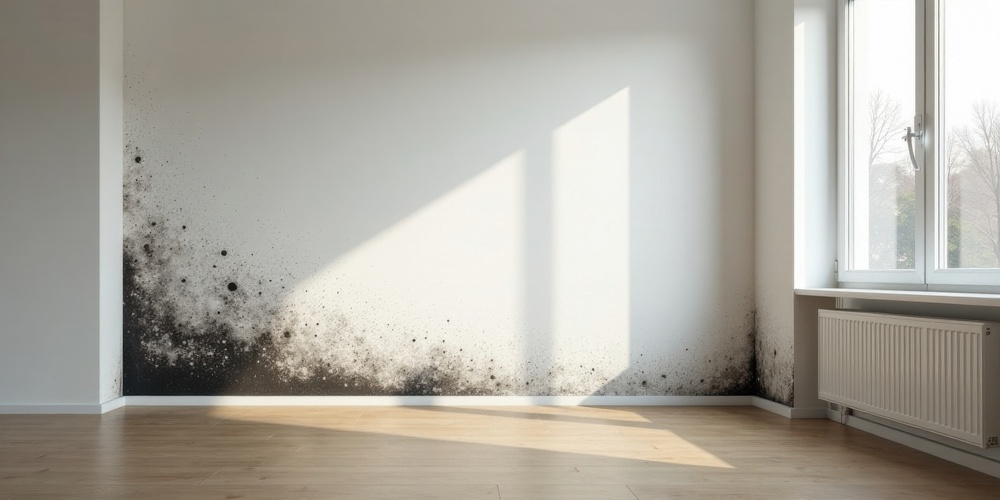
How to Prevent Mold in a Utah Home After Plumbing Repairs
September 11, 2025

A Utah Homeowners’ Guide to Smart Thermostats
September 10, 2025
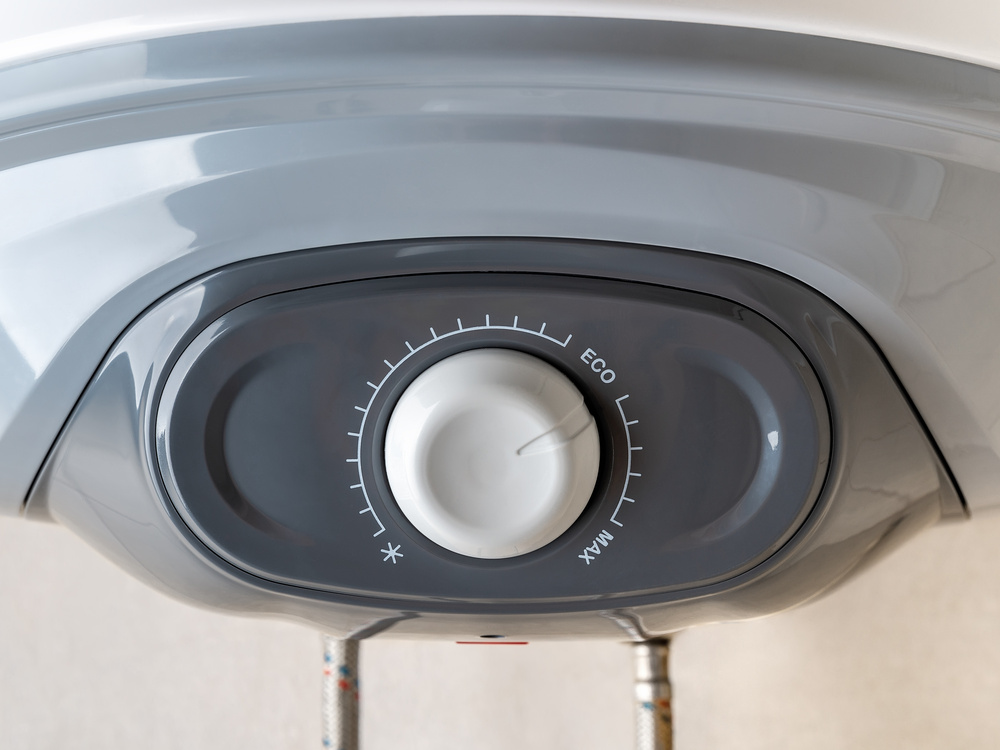
My Water Heater’s ECO Switch Keeps Tripping – What Does It Mean?
August 21, 2025

Calling a Contractor for HVAC Services Shouldn’t Be a Nightmare
August 20, 2025

7 Hidden Fittings That Make Your Plumbing Work
July 21, 2025
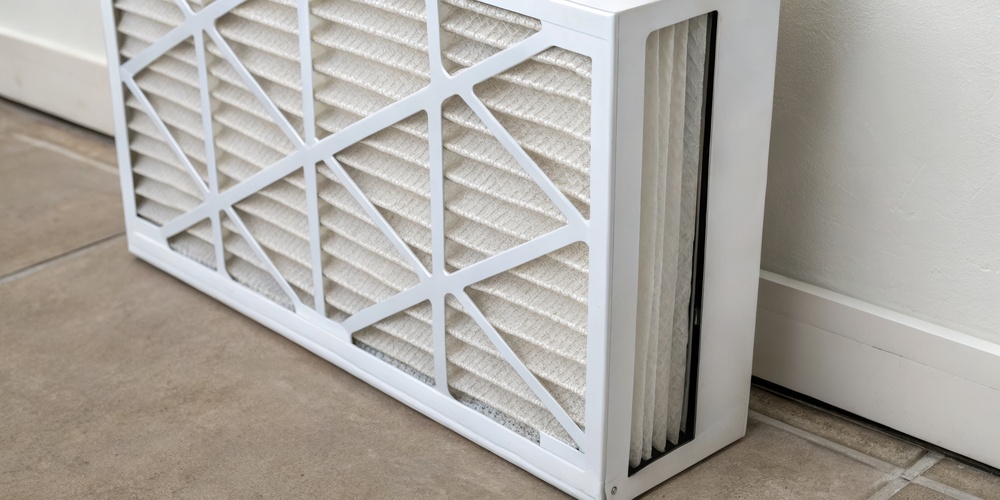
Never Underestimate the Value of Your Furnace and AC Filter
June 25, 2025
